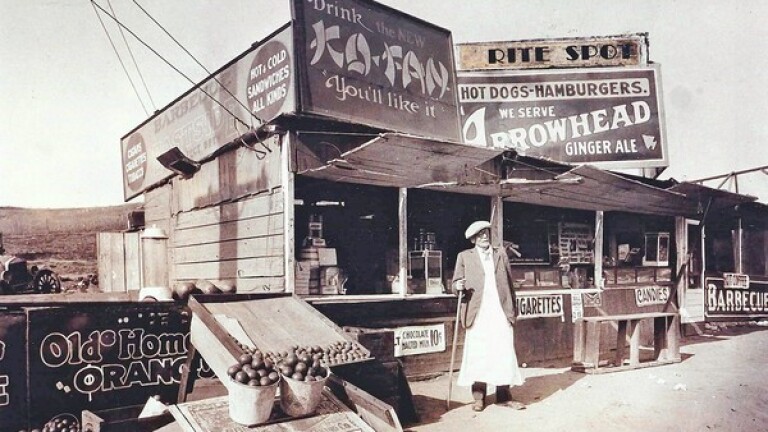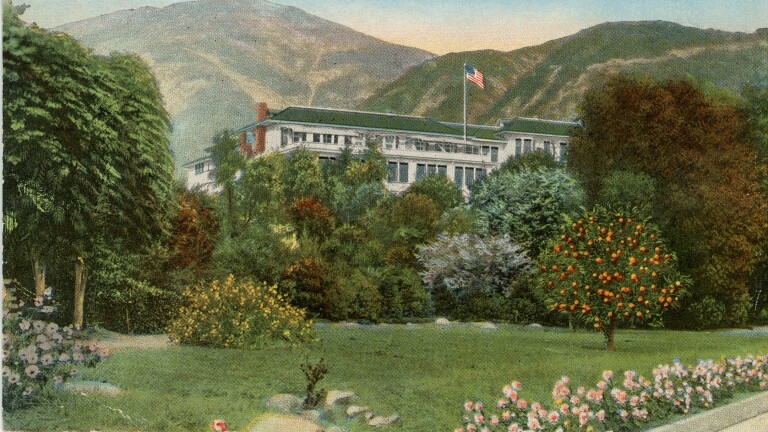Gregory Ain Mar Vista Tract
A short drive west of venice is an astounding realm of tract homes that are like no other tract homes in the country. Designed by modernist architect Gregory Ain in collaboration with Joseph Johnson and Alfred Day in 1947, the Mar Vista Tract was developed to offer cost-efficient housing that embodied the aesthetics of modern architectural design.

Aimed at the booming post-WWII populace, 100 homes were planned on a 60-acre site, each priced at around $12,000. Advertised in the L.A. Times in 1948 as "Modernique Homes", selling points to young families included ultra-modern designs, adaptable living spaces for changing family sizes by means of sliding panels, and a rich color scheme for each home based on the Plochere Color system.
When you visit, you may notice how the layout of shrubs, trees, and gardens creates a special buffer that opens up more space between homes that promotes opportunities for outdoor social interaction. Don't miss the model house for the Mar Vista Tract at 3508 Moore Street, the first home to be remodeled when the tract was designated an Historic Overlay Zone (HPOZ) in 2003. After you tour the neighborhood, sit down to a wonderful Thai meal at House of Thai Taste on nearby Venice Ave.
STARTING POINT
Begin at the corner of Beethoven St. and Palms Blvd.
DIRECTIONS TO THE START
Transit: From the Spring/1st stop in Downtown LA take the 733 Bus towards Santa Monica. Disembark at Venice/Beethoven. Walk about 10 minutes north on Beethoven St. until you reach Palms Blvd.
Car: From the 10 Freeway West exit for Bundy Drive S. Merge onto S. Bundy Drive and continue S. Centinela Ave. After about 0.5 miles turn right onto Palms Ave. and go west until you reach Beethoven Ave.


